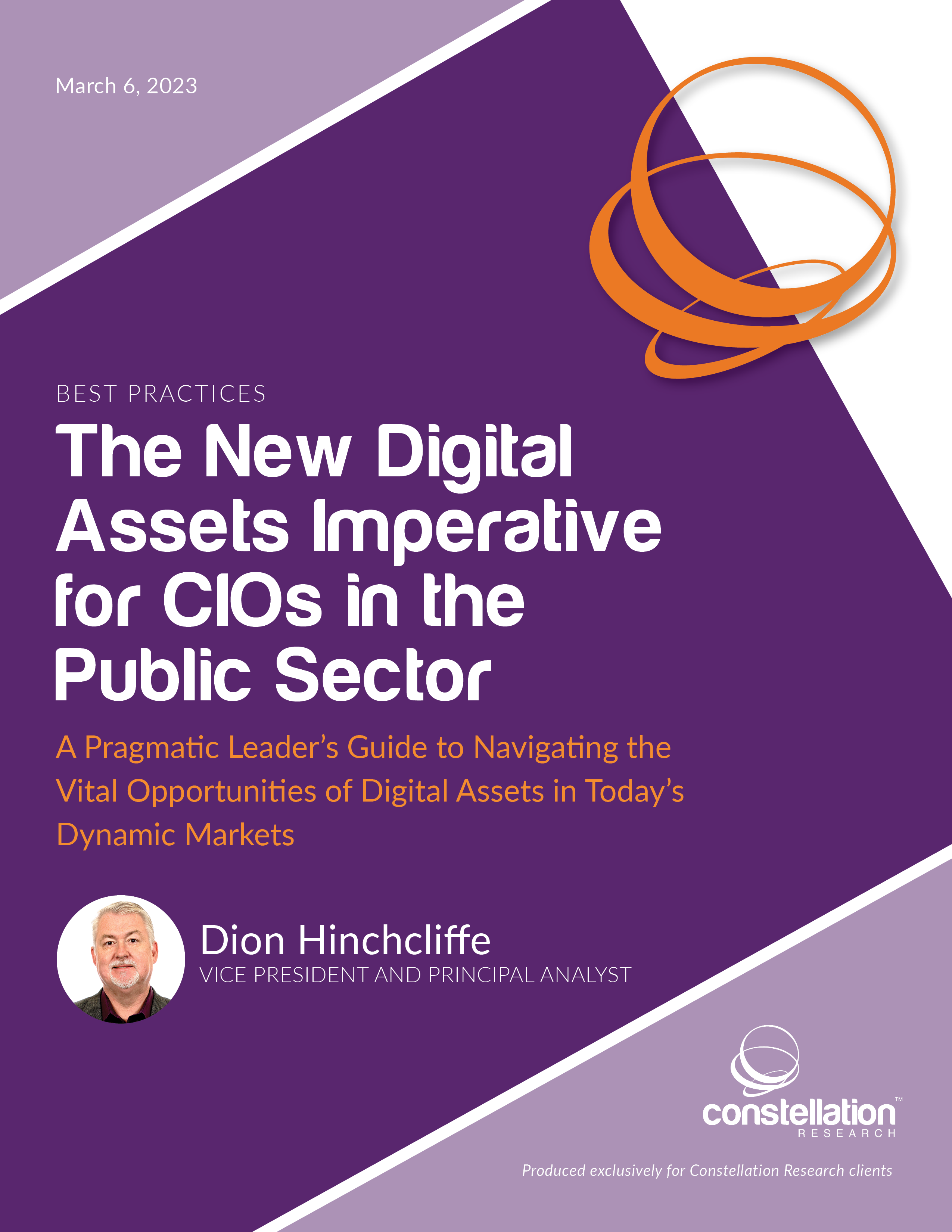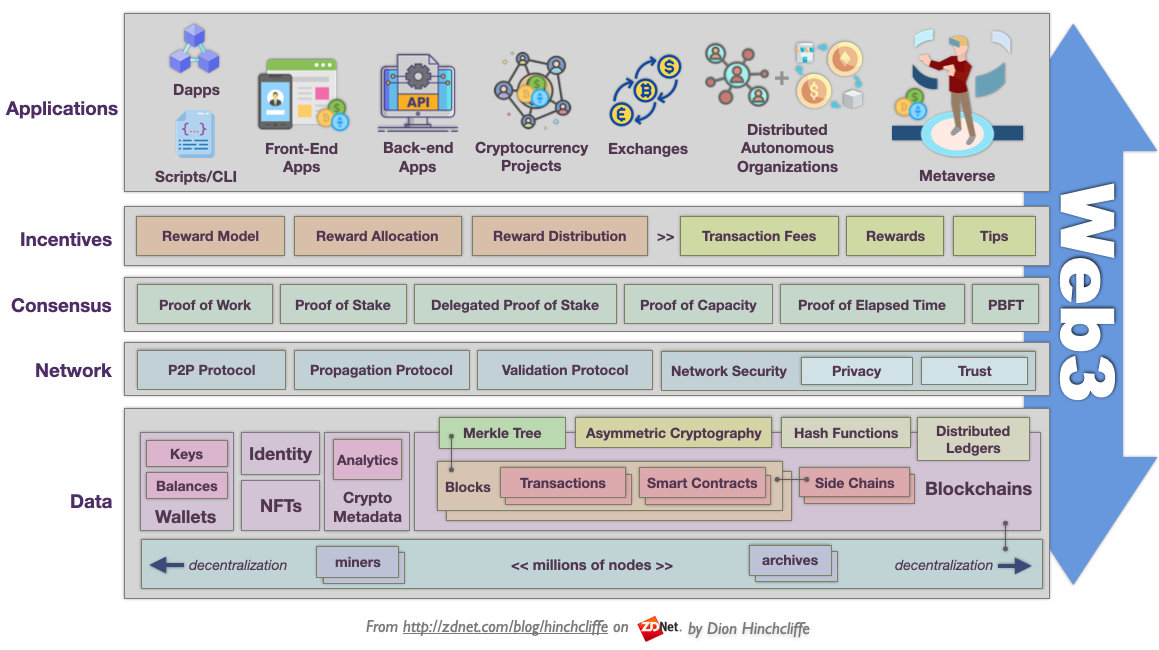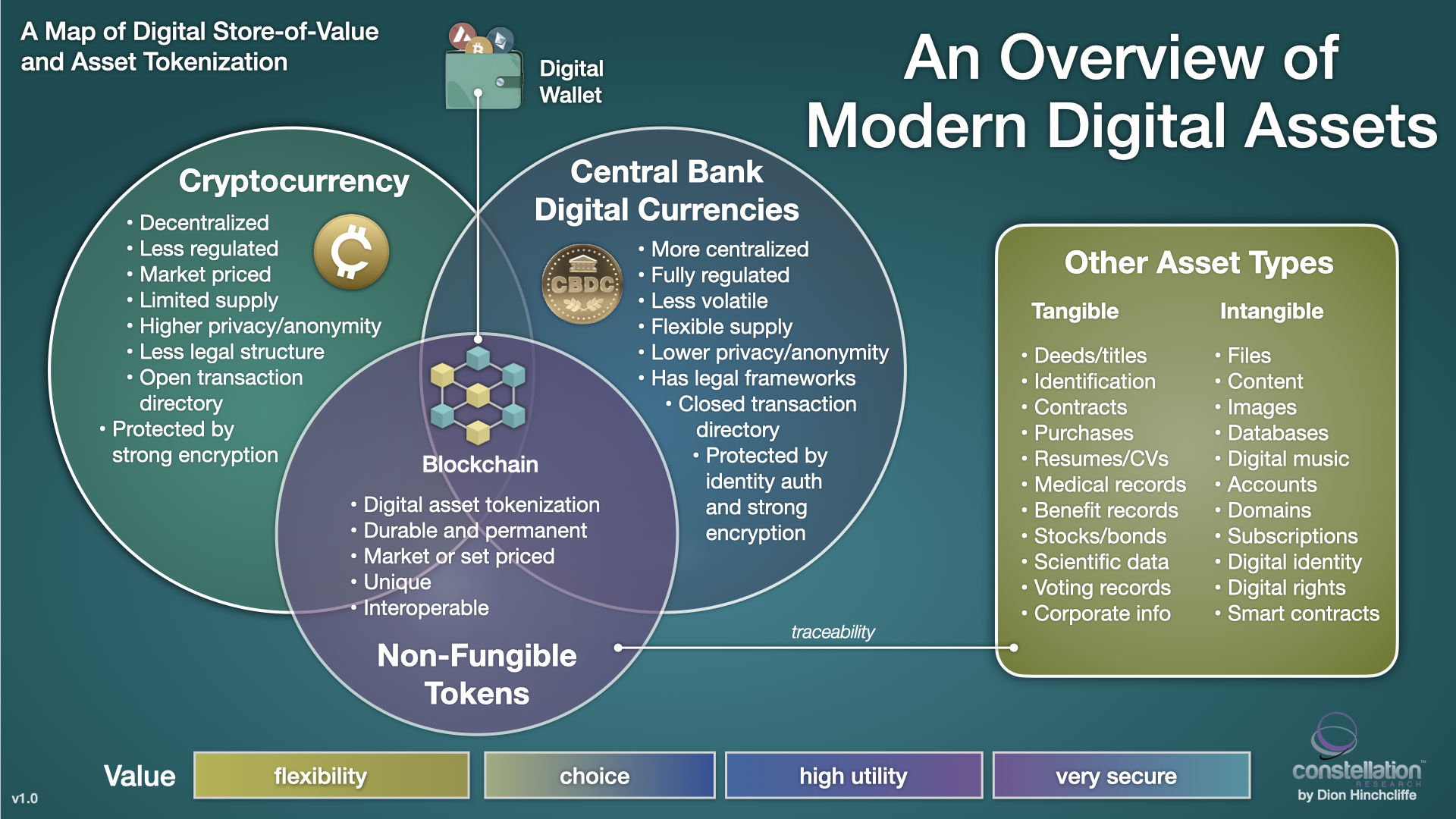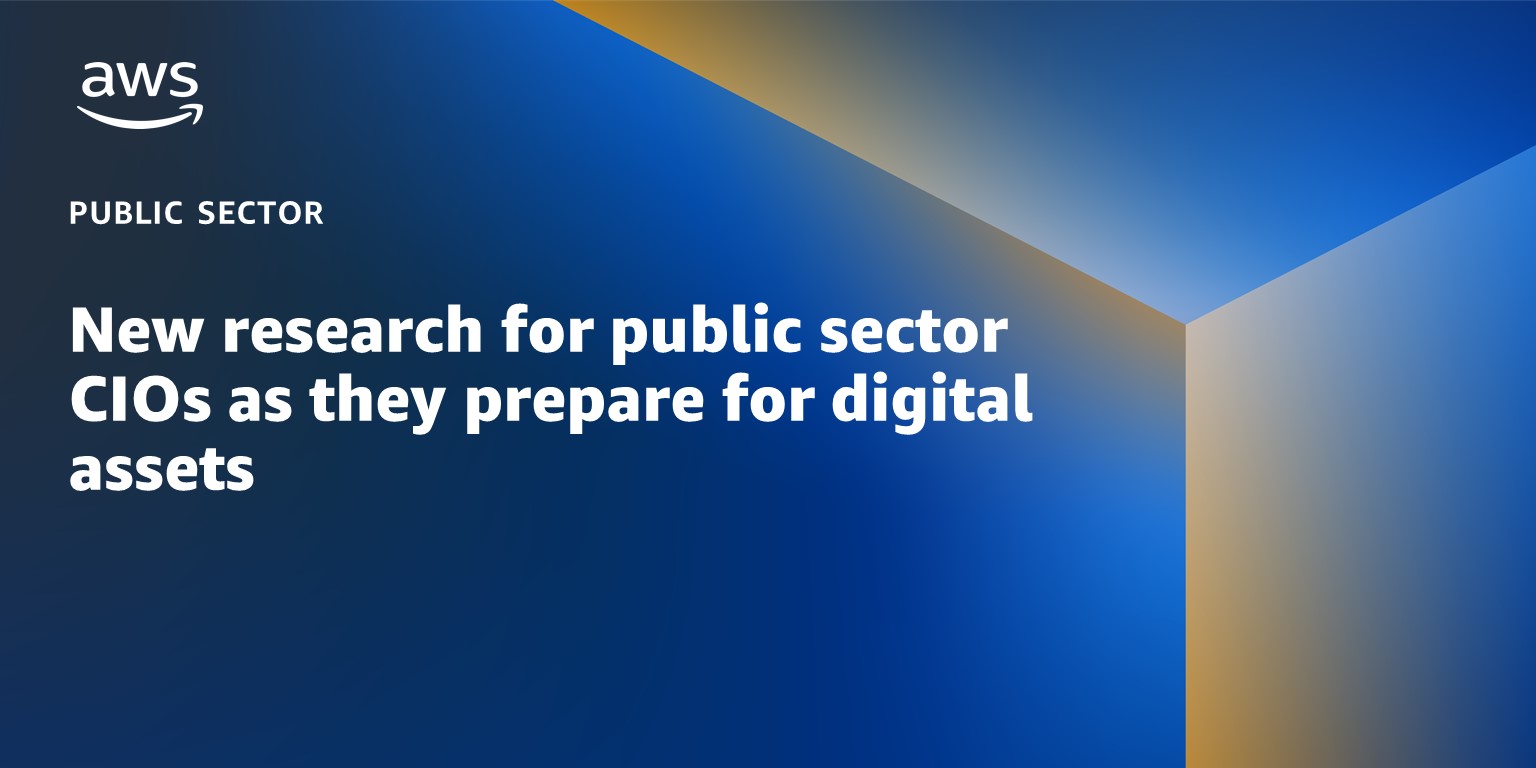To any objective observer, it’s evident that the digital world has recently undergone a remarkable cycle of innovation -- with very tangible and widely felt results -- in new forms of digital value, including money itself. From cryptocurrency and non-fungible tokens (NFTs), to central bank digital currencies (CBDCs) and other blockchain-based digital assets like stablecoins, the world of finance is currently in the midst of evolving rapidly like few times in history.
Yet not many topics also conjure up such strong sentiment as ones concerning finance. So I find that there is either too much hype or unwarranted skepticism on this subject, when rational consideration is needed instead. This is particularly true when it comes to governments and non-governmental organizations (NGOs) starting to innovate with and wield the powerful new technologies that underpin these new advances. There is also the risk of inaction, as the Center for Capital Markets notes, which is "trailing other countries developing a favorable regulatory environment for digital assets" which can result in ceding the substantial financial and innovative potential they can deliver to our economies.
In order to provide the most approachable, neutral, and therefore readily applicable understanding of the possibilities, I’ve developed a new in-depth report, which I’m pleased to announce below, based on extensive research into the possibilities of the two most important foundational technologies involved in the future of money and digital assets.
The Foundational Digital Asset Technologies in the Cloud
These two cloud technologies are a) blockchain and b) distributed ledgers. Both provide the strongest basis for breakthrough new digital systems to better serve citizens, that can either store value intrinsically and/or account for value in the real-world. They have been proven on the largest global scale to be safe, effective, highly secure, and trustworthy in next-generation financial systems when used properly.
Both of these technologies are extensively validated by real-world use in some of the most challenging operating environments in the world, reliably conducting trillions of dollars in transactions every year in the private sector in a way that is extraordinarily difficult to disrupt or exploit.
Now they have become the leading options for public sectors technology leaders to use to blaze a new trail to offer citizens better ways to engage in financial activity or store, use, verify, and trust public sector records.
Thus, I am very pleased to formally announce the recent release of my major new research report, “The New Digital Assets Imperative for CIOs in the Public Sector” It is designed to specifically help top IT leaders in government grapple with the enormous opportunity of digital assets to improve public services, while fully addressing and properly managing head-on the reputational and operational risks.
 This 47-page report explores the growing imperative – a strong word, but a reality that my research also shows is the most likely path – for the digital transformation of finance as well as public sector services. For transform it will. Government agencies with the most insight into these new technologies, fluency in their full capabilities/nuances will be the ones that gain the ability to create strong visions that can be well-realized. These realizations can be incremental or they can be major, durable new re-imagining of what is possible to serve the public, suppliers, peers, and other stakeholders. Many now believe that doing so will is becoming essential to be a modern digitally-enabled government.
This 47-page report explores the growing imperative – a strong word, but a reality that my research also shows is the most likely path – for the digital transformation of finance as well as public sector services. For transform it will. Government agencies with the most insight into these new technologies, fluency in their full capabilities/nuances will be the ones that gain the ability to create strong visions that can be well-realized. These realizations can be incremental or they can be major, durable new re-imagining of what is possible to serve the public, suppliers, peers, and other stakeholders. Many now believe that doing so will is becoming essential to be a modern digitally-enabled government.
For its part, the White House has been clear over the last year in a major executive order and related frameworks that responsible innovation in digital assets is encouraged and even necessary for global competitiveness and to protect the public. For their part, various Federal Reserve banks have engaged in initial pilots for the digital dollar, which is explored in the report. As part of this narrative, my new research paper explores the journey the government has taken in providing specific directives including the ramifications of the guidance it has given.
To these ends, my report is intended to provide public sector CIOs and their staffs with a guide to exploring, reasoning about and then capturing the opportunities inherent in the increasingly fertile world of modern digital finance. It explicitly helps IT leaders navigate the overarching need to manage risk while balancing that with the immense potential rewards.
On the technology side, commercial cloud offerings for blockchain and distributed ledgers have emerged, grown in maturity, and have become well-established and extensively vetted options for digital assets. Some of these offerings are now capable of supporting robust public sector scale operations. The report explores the specific qualities needed in such platforms to achieve a world-class digital assets infrastructure, whether it is public cloud, hybrid, or private.
A CIO's Guide to Digital Assets
This report covers:
- A pragmatic exploration of the U.S. public policy environment that has matured around digital assets, including CBDCs, to manage risk while capturing the benefits.
- Explores the fundamentals of digital assets and their significant potential benefits to stakeholders, especially the general public.
- Articulates the range of modern digital assets that can be developed by the public sector.
- Forecasts the size of the public sector digital assets infrastructure industry through 2032.
- Examines the attributes of a cloud-based digital assets infrastructure that can safety used as a basis for public sector offerings and services.
- Makes specific recommendations on how to navigate the selection and adoption of a modern digital assets infrastructure.
You can find the full research report available to our Research Unlimited subscribers.
I’m also very pleased to announce that Amazon Web Services and their Gov Cloud team has made a courtesy copy of the report available to the general public, which can be found here. Please don’t hesitate to reach out to me if you have questions or comments about this report or which to share your experiences on the forefront of public sector digital assets.
My Related Research
What is Web3 and Why it Matters
How Decentralization and Web3 Will Impact the Enterprise | ZDNet

An Update on IBM Cloud for the CIO
An Oracle NetSuite Roadmap for the CIO and CFO
AWS re:Invent 2022: Perspectives for the CIO
The Cloud Reaches an Inflection Point for the CIO
How a Transformation Platform Reimagines Success
Digital Transformation Blueprint for the Office of the CFO
The CIO Must Lead Business Strategy Now
Building a Vision for Government 2.0 | ZDNet
The Strategic New Digital Commerce Category of Product-to-Consumer (P2C) Management




0 Commentaires